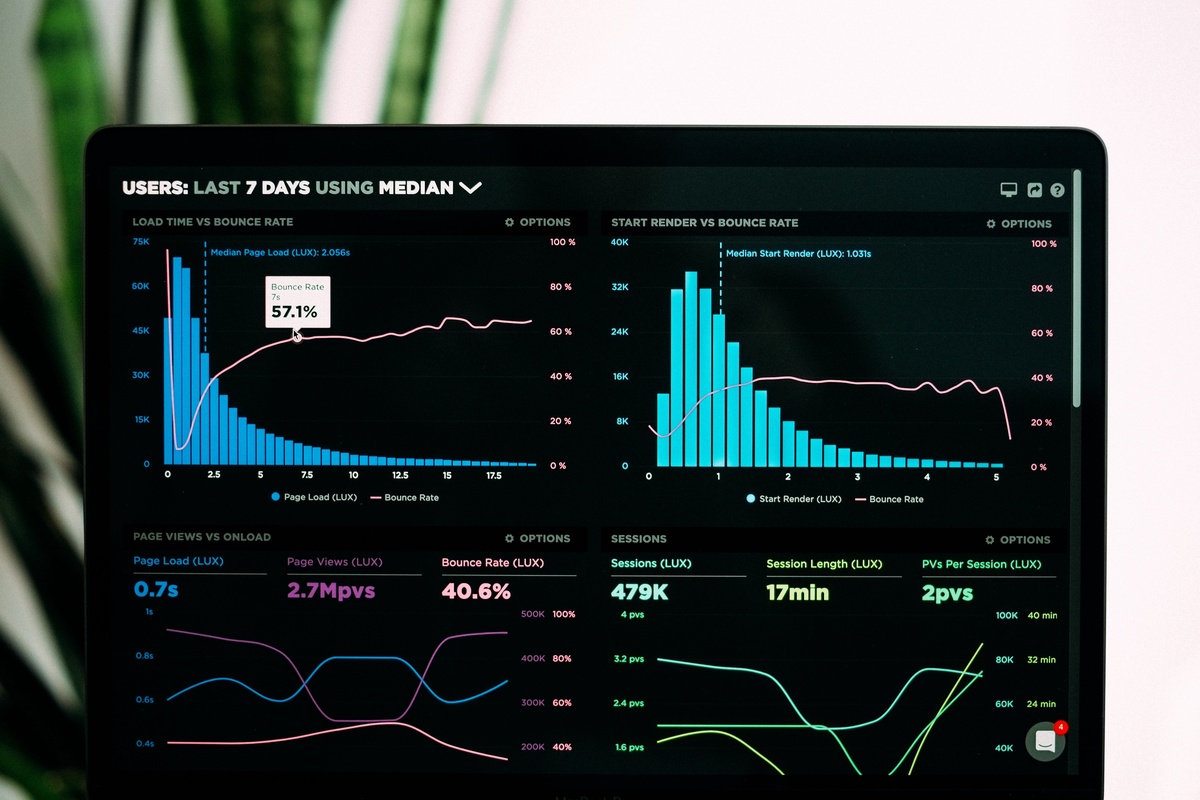Data acquisition, often abbreviated as DAQ, is an essential process in various industries and applications, including research, manufacturing, and testing. A reliable DAQ system enables you to collect, analyze, and monitor data from various sensors and instruments, providing critical insights for decision-making and quality control. However, selecting the right DAQ system for your project can be a complex task. In this article, we will guide you through the process of choosing the most suitable DAQ equipment to meet your specific project requirements.
Define Your Project Goals and Requirements
Before diving into the world of DAQ systems, it's crucial to have a clear understanding of your project goals and requirements. Start by asking yourself the following questions:
- What type of data do you need to acquire (analog, digital, or both)?
- What is the frequency at which you need to collect data?
- Do you require real-time data monitoring and analysis?
- Are there specific environmental conditions to consider (e.g., temperature, humidity, or vibration)?
- What is your budget for DAQ equipment?
Defining your project's objectives and constraints will help you narrow down your options and choose a DAQ system that aligns with your needs.
Consider Sensor Compatibility
DAQ systems interface with a wide range of sensors and instruments, each with unique specifications and communication protocols. It's essential to ensure that the DAQ equipment you choose is compatible with the sensors you plan to use. Check the following aspects:
- Sensor type: Ensure that the DAQ system supports the type of sensor (e.g., thermocouples, strain gauges, accelerometers) required for your project.
- Signal conditioning: Some sensors may require signal conditioning to convert their output to a usable form. Confirm that the DAQ system provides the necessary signal conditioning options.
- Sensor connectivity: Check the compatibility of connectors and input channels on the DAQ equipment to match those of your sensors.
Determine Data Acquisition Speed and Accuracy
The speed at which your DAQ system can acquire data and its accuracy are critical factors. Depending on your project, you may require high-speed data acquisition for real-time monitoring or slower, more precise measurements. Consider the following when evaluating data acquisition speed and accuracy:
- Sample rate: The sample rate determines how many data points your DAQ system can capture per second. Make sure it meets the requirements of your project.
- Resolution: Resolution refers to the smallest change in input that the DAQ system can detect. Higher resolution provides more accurate measurements but may affect the speed of data acquisition.
- Noise and interference: Check if the DAQ equipment includes features like filtering and shielding to reduce noise and interference in data acquisition.
Evaluate Software and Compatibility
The software that accompanies your DAQ system plays a significant role in data acquisition, analysis, and visualization. Ensure that the DAQ software is user-friendly, supports your data analysis requirements, and is compatible with your operating system. Consider the following:
- Ease of use: A user-friendly interface simplifies data acquisition and analysis, reducing the learning curve for your team.
- Compatibility: Ensure that the DAQ software is compatible with your preferred programming languages and data analysis tools.
- Data storage and export options: Check if the software allows you to store data in your preferred format and easily export it for further analysis.
Review Data Connectivity and Communication
Data communication is a vital aspect of any DAQ system. You'll want to ensure that the equipment you choose facilitates seamless data transfer and communication with other devices or systems. Consider the following:
- Connectivity options: Evaluate the availability of communication ports (e.g., USB, Ethernet, Wi-Fi) and ensure they meet your project's connectivity requirements.
- Compatibility with third-party software: If you plan to integrate your DAQ system with other software or systems, check for compatibility and available APIs (Application Programming Interfaces).
Factor in Scalability and Future Expansion
As your project evolves, you may need to expand your DAQ system's capabilities. Consider the scalability of the DAQ equipment you choose. Some systems allow you to add additional modules or channels as needed, making it easier to adapt to changing project requirements.
Budget and Cost Considerations
Budget is a critical factor when selecting a DAQ system. While it's essential to choose equipment that meets your project's requirements, it's also crucial to stay within budget constraints. Compare the costs of different DAQ systems, factoring in not only the initial purchase price but also any ongoing maintenance and support expenses.
Conclusion
Choosing the right DAQ system for your project is a crucial decision that can impact the success and efficiency of your data acquisition tasks. By defining your project goals, considering sensor compatibility, evaluating data acquisition speed and accuracy, reviewing software and compatibility, assessing data connectivity and communication options, factoring in scalability, and staying within budget, you can make an informed choice that aligns with your specific project requirements. With the right DAQ equipment in place, you'll be well-equipped to collect, analyze, and monitor data effectively, enabling better decision-making and project success.


No comments yet